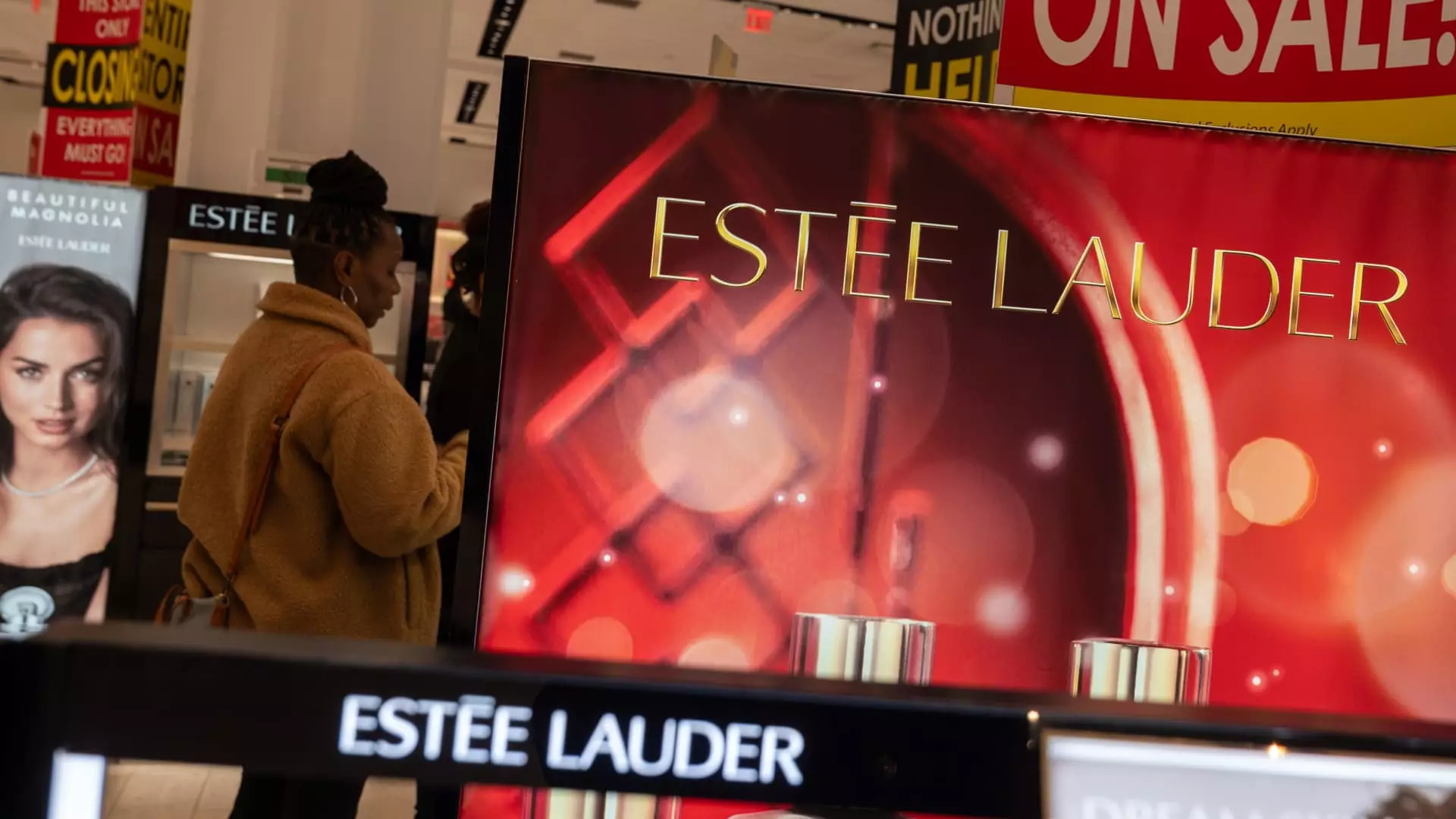This past week proved to be disastrous for several prominent beauty stocks, underscoring the volatility inherent in this sector. Companies like E.l.f. Beauty and Estée Lauder faced significant losses as they revealed underwhelming financial results and reduced future guidance. E.l.f. Beauty, in particular, suffered its worst weekly performance since August 2018, with stock prices plummeting nearly 29% over the week. While the brand did report a revenue increase for its fiscal third quarter, it fell short on adjusted earnings per share. The firm adjusted its sales outlook downwards, expecting to generate between $1.3 billion and $1.31 billion this year—lower than previous projections of $1.32 billion to $1.34 billion.
This chain reaction was compounded by interpretations of broader market conditions that indicated a decrease in consumer engagement with beauty products, a trend highlighted by E.l.f.’s CEO, Tarang Amin. He noted that the beauty sector had seen a decline of 5% in January, which reinforces concerns among investors regarding the industry’s resilience in a changing market.
Estée Lauder, another giant in the beauty industry, did not fare any better. The company’s shares dropped by an alarming 22% within the week, marking a historic low point since November. The announcement regarding substantial job cuts—between 5,800 and 7,000 positions—by fiscal 2026, coupled with disappointing forecasts due to weakened demand in Asian travel retail markets, rattled investor confidence. Despite posting better-than-expected second-quarter revenue and earnings, the narrative around diminished agility and missed growth opportunities, as highlighted by CEO Stéphane de La Faverie, cast a long shadow over the company’s prospects.
Wider Implications for the Beauty Sector
The struggles of E.l.f. and Estée Lauder reflect larger concerns within the beauty sector, which joins other industries in grappling with economic turbulence and shifting consumer behaviors. Retailers like Ulta Beauty and Coty also experienced pressure, with declines of 9% and nearly 8%, respectively, signaling widespread unease within beauty retail. The sector is not only battling disappointing earnings but also grappling with external challenges, such as potential tariffs that threaten profit margins. Recent announcements from China regarding new tariffs on certain U.S. imports, in retaliation to prior U.S. tariffs, could further squeeze margins, particularly for companies like E.l.f., which sources a substantial portion of its products from China.
The outlook for beauty stocks remains precarious as the industry navigates through turbulent financial waters. Analysts have responded to E.l.f.’s and Estée Lauder’s reports by downgrading their stock ratings to neutral or equal weight, highlighting the skepticism surrounding future growth. As consumer preferences continue evolving and external economic pressures mount, stakeholders must remain vigilant. Adaptability and innovation will be critical for companies aiming to regain consumer trust and stabilize their market positions. Without a strategy to address both internal challenges and broader economic trends, the possibility of further fallout in the beauty sector remains a pressing concern.


Leave a Reply